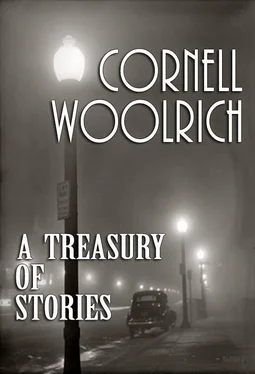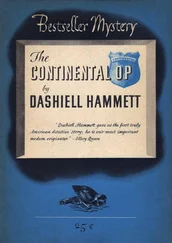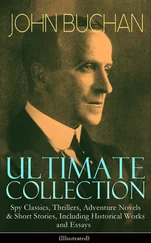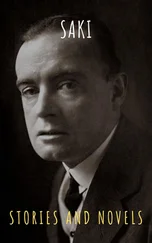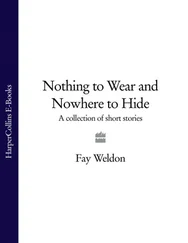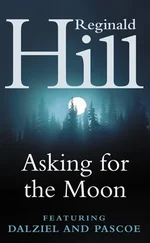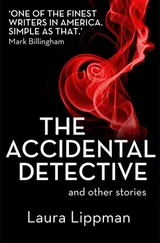And finally, the car itself was not of a type that young men would have owned or cared to own or habitually been found driving around in. It was no runabout or roadster or rattling, motto-inscribed “flivver.” It was a closed car, a black sedan, a very heavy-set, high-powered affair. It almost looked custom-made. It had more than the usual amount of burnished hardware on the outside (door handles, headlights, and a smaller, cone-shaped swivel light up alongside the windshield). If it weren’t for the wheels, it could have resembled a coffin.
I don’t know who or what they were, and I never will. Maybe they were just hard-bitten older men, older than the two girls with them, toughened up by years of wresting every hard-fought buck from a reluctant world. Without grace, without compunction, without laughter. Harmless otherwise in general (except of course to young girls such as those). Non-lethal, or I should say, non-illicit.
And then again maybe not. About two or three years after that, around ’25 or ’26, when an awareness of the new type of public violence, which the First War and Prohibition had bred between them, finally percolated through to the public consciousness from the specialized areas to which it had been confined until now — the police-files, crime- and police-reporters, certain politicians, speakeasy operators, and the like — and new words like gangster and racketeer and public enemy began to sprinkle the pages of the newspapers more and more often, along with accounts of nocturnal ambuscades and machine-gun fusillades and murders in garages and warehouses and concrete-weighted drownings along the water’s edge... Every time I’d come across one of them, something brought back the picture of that car to my mind’s eye.
And I’d wonder then, as I still wonder now, was it men of that kind she and her friend had gone off with that night? Some of their earlier prototypes, their very first vanguard? Or was there just a superficial resemblance there that fooled my untrained, unknowledgeable eye?
And I’d hope, every time I thought about it, that that was what it was, and nothing more.
But I never could be sure.
It didn’t even have a tail-light on, to follow its recession by. But like a great big inky patch against the paler night it grew smaller and smaller as it dwindled down the street, stealthily, without sound, until it had contracted into extinction and was there no more.
We never saw each other again, in this world, in this lifetime. Or if we did, we didn’t know each other.
This list includes all renamed and/or revised and/or re-edited stories. Hence, there are duplicate stories and/or versions listed, but published under different titles.
N.B. — For a short period during the highly stylized twenties, a fact which is not generally recalled, women wore skirts almost to the insteps. This was a brief intermission, a sort of breathing spell, between the first onset of knee-length dresses, which had occurred in 1920, and the final capitulation to them, which rode the rest of the decade out. It coincided, roughly, with the years 1923-24.
“Murder, Obliquely” is the revised version of “Death Escapes the Eye”
